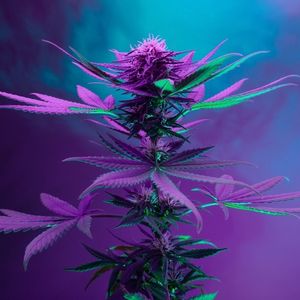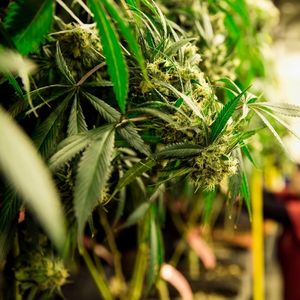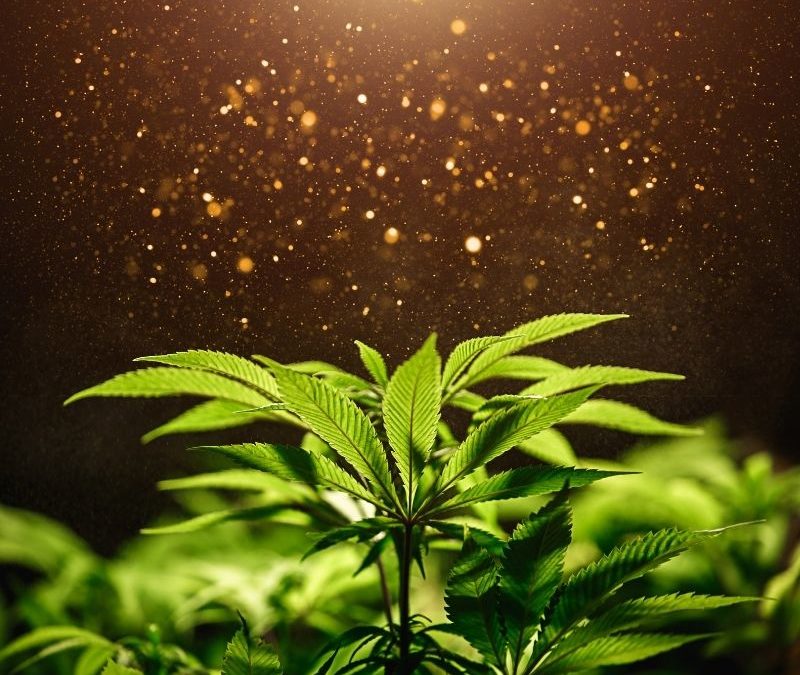The marijuana plant goes through a series of stages during its lifecycle, with each stage requiring different levels of nutrients, light, and water. It can take anywhere from about 3 to 8 months, or 10 to 32 weeks, to cultivate cannabis depending on the type of plant and your environment. Growing indoors with clones or autoflowers allows for quick cultivation. It is important to recognize the various marijuana plant growth stages and to provide the proper care for your plant during each phase.
What Are the Marijuana Plant Growth Stages?
The various growth stages for cannabis plants include:
- Germination -Typically 3 to 10 Days
- Germinating seeds requires 16 hours a day of sunlight. Once your seeds have sprouted, you can place them in your growing medium whether soil or a hydroponic system.
- Â Seedling – 2 to 3 weeks
- Seedlings still require 16 hours a day of light and will begin to develop the traditional cannabis fan leaves, starting with one and reaching 5 to 7 blades per leaf or more at full maturity.
- Â Vegetative – 3 to 16 weeks
- The vegetative growth stage varies and is where the plant growth really takes off. Indoor plants require about 16 hours a day of sunlight and watering needs increase as the plant develops. This is the time to begin training and topping your plants. Start watering further away from the stalk so that all stretched out roots efficiently absorb more water, as opposed to watering close to the stalk when your plant is young.
Flowering – 8 to 11 weeks 
The flowering stage is the final growth stage for marijuana plants and is when the plant begins to develop resinous buds. The light cycle changes to 12 hours a day which mimics the reduction in daylight at the beginning of autumn when growing outdoors. This light reduction is what triggers your plant into the flowering stage. Most plants are in the flowering stage for 8 to 9 weeks although some Sativa strains could take longer. The flowering stage is comprised of three sub phases:
- Pre-flowering or flower initiation – 1 to 3 weeks: cannabis plants start to develop pre-flowers, the white hairs or pistils which is the beginning of bud development.
- Mid-flowering – 4 to 5 weeks – the cannabis plant stops growing, and buds start to fatten up.
- Late flowering – week 6 and on – marijuana plants start to get very sticky and trichome density increases. Closely watch the pistol color as an indicator of readiness to harvest.
Do not prune your plant during the flowering stage as it might upset their hormones. By this time your plant should be trellised to support developing buds. Consider giving flowering plants phosphorus nutrients to promote blooming. Buds will typically experience the most growth development towards the end of the flowering lifecycle.
 You will want to flush your plants to remove leftover nutrient buildup about two weeks before harvest. This improves the overall quality of your bud. The timing is critical when it comes to flushing cannabis as flushing too early can result in discolored or yellow leaves. For plants that have an 8-week flowering time period, you should start flushing about 6 weeks when the trichomes start to have a cloudy white color. This allows your plants to soak up the rest of the nutrients in the soil and improves bud quality, aroma, and taste.
You will want to flush your plants to remove leftover nutrient buildup about two weeks before harvest. This improves the overall quality of your bud. The timing is critical when it comes to flushing cannabis as flushing too early can result in discolored or yellow leaves. For plants that have an 8-week flowering time period, you should start flushing about 6 weeks when the trichomes start to have a cloudy white color. This allows your plants to soak up the rest of the nutrients in the soil and improves bud quality, aroma, and taste.
- Harvest – Now you are ready to harvest your cannabis plants. Follow these steps to learn more about knowing when to harvest your cannabis, and remember, quality plants start with quality seeds.
Mosca Seeds is recognized internationally for high-quality cannabis seed genetics with several Cannabis Cup awards. We offer more than 15 years of experience in cultivating high-quality cannabis seeds and preserving the strains we know and love. Check out our seed bank to learn more and happy growing through all marijuana plant growth stages.
